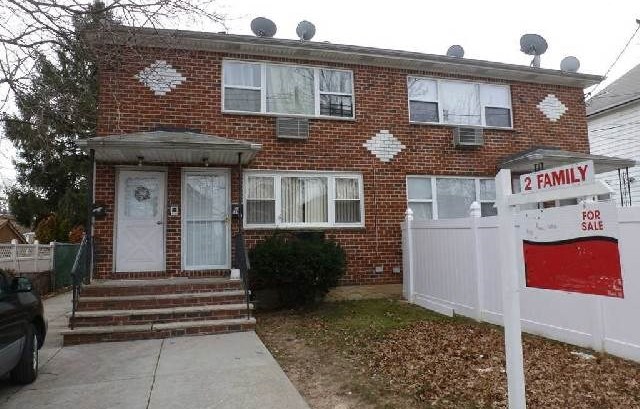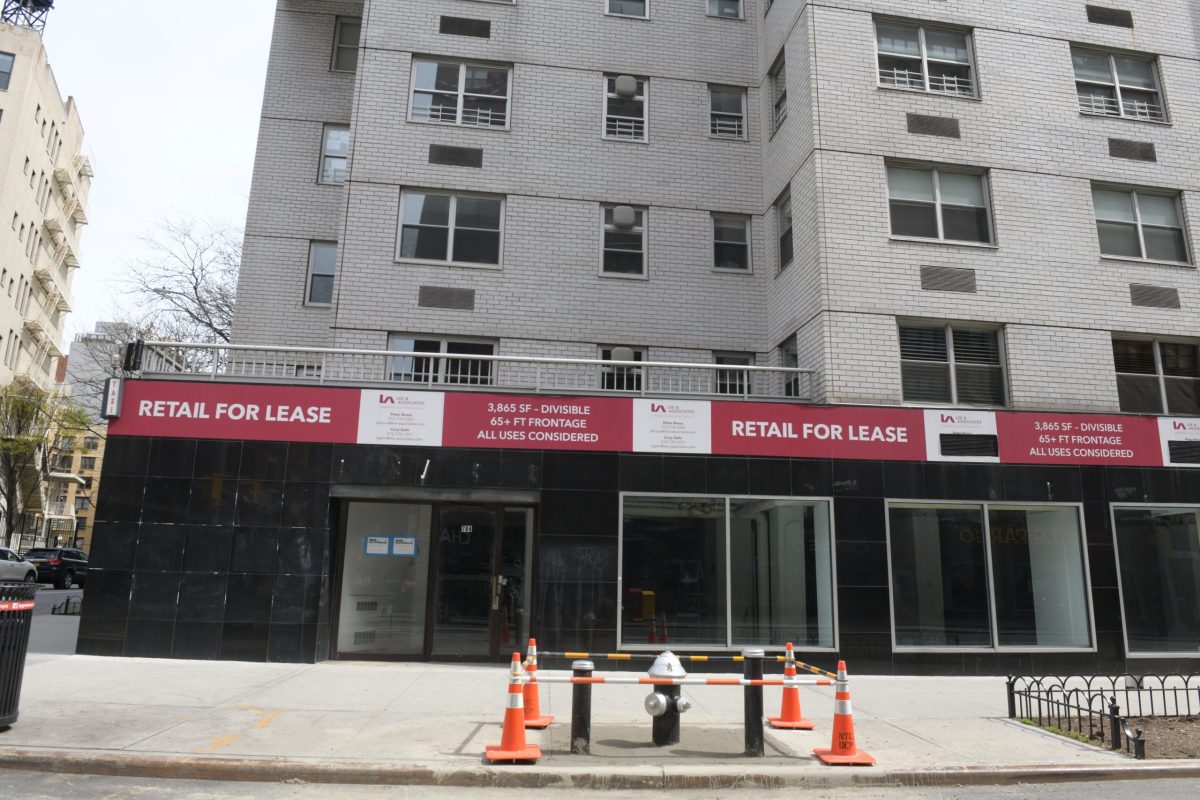We often praise our homes in song or verse —“ Home Sweet Home,” “ There’s No Place Like Home,” “Home is Where the Heart Is.” There is nothing like the good times, family events and milestones shared in your home.
There may come a time, however, when owning your home or living in the same home you’ve lived in for the past 30 years or more may not be the best situation for you or your family member’s circumstances. Four indicators it may be time to consider a move are hazards, maintenance issues, finances and loneliness.
Hazards: The family home where the children grew up can at this point present many unsafe conditions — larger spaces and several flights of stairs to navigate; older bathrooms that are usually not built with easy access for seniors with mobility problems (and may not be on the first floor); rugs and old flooring that may present tripping opportunities; and lighting that is often not as bright as needed to prevent falls. Also, seniors often fail to replace smoke detector batteries. These are a few of the situations that can make the home a more dangerous place.
Maintenance Issues: Homes provide a lot of enjoyment but need constant upkeep and maintenance. Unless done on a regular basis, deferred maintenance can lead to unexpected emergency repairs, which are always costly. Often these crisis situations leave a senior overwhelmed as to how to pay for and even coordinate the repair process. With increasing states of disrepair, a house becomes a more difficult place for the owner to do his or her daily activities. In the end, the house loses value compared to homes more modernized and maintained.
Finances : A senior may find themselves with higher costs supporting a home much larger than their actual needs. Taxes, fuel, electricity charges, water and sewer charges, and grounds fees — lawn care or shoveling — are paid to maintain a home that worked when the family all lived there, but at this point it is a burden to heat and cool extra rooms.
Loneliness: A senior may insist on living in their home as they age but may not acknowledge the isolation and loneliness they feel. Grown children may be nearby, but with their busy schedules, they might find only an hour or so to “drop by” daily or weekly. If a home is near other neighboring houses that could provide interactions with neighbors that is great. Many seniors, especially those with mobility issues, however, find it more difficult to leave their homes on their own and as a result interact with fewer people. As driving becomes more limited, seniors are more dependent on the schedules of others and frustrations grow.
Before you, a family member or loved one is facing a crisis situation, it is best to think about senior living choices or how to downsize to a smaller home or apartment. Explore all options including adapting the current home to the latest safety features. Talk with your accountant, financial planner and elder law attorney to review the financial impact of your decisions on your budget and estate plans.
There is nothing like having your own home but there may come a time when having a place to live that is safer, more manageable and less isolating makes sense.
Helen Keit is a licensed real estate broker at Keller Williams Realty Landmark with 30 years of experience in real estate servicing all Queens neighborhoods and responsible for the sale of over 1,300 homes and apartments. She has helped hundreds of families move, including many employees for dozens of the country’s top corporations. Visit www.kwnyhomes.com and www.keitteam.com.
RECOMMENDED STORIES

































